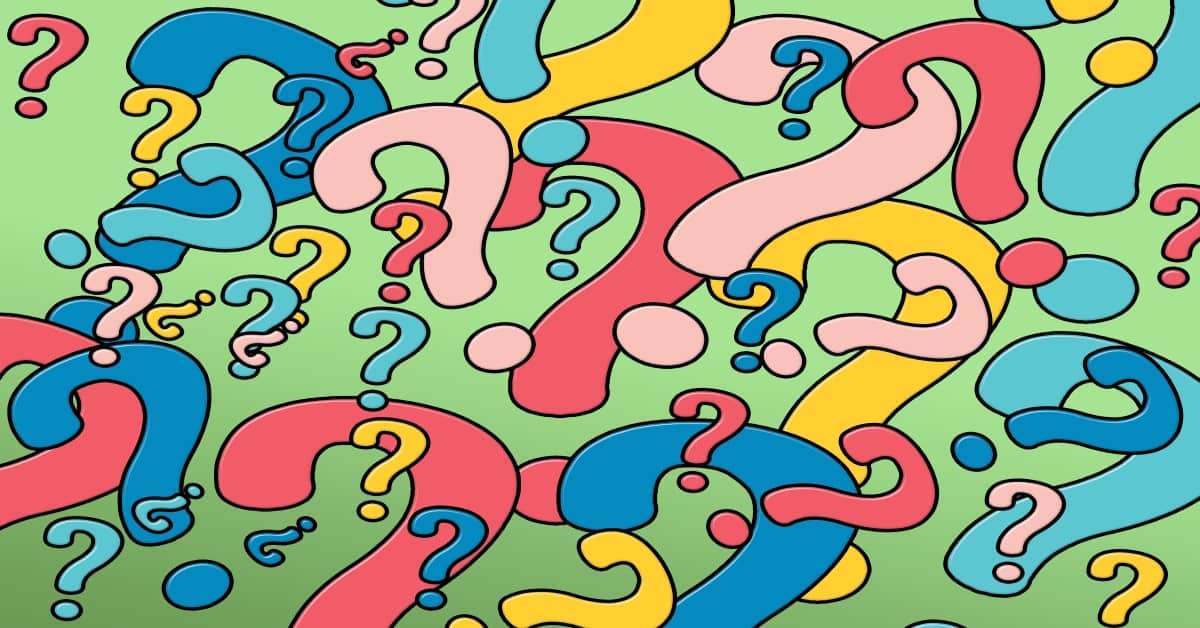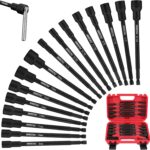Felt can be represented in anything from vehicles to instruments to picture outlines and to make caps, coats, embellishments, pads, and folders, yet its most exciting use is likely, to make dolls and sculptures! Animals are popularly made with dry felting because their fluffy hair and hide are effectively duplicated utilizing wool. The needle felting process can change wool into realistic looking animals, food, trees, and many other things.
When you hear felting, you immediately think of wet felting, commonly known by most people. Felt itself dates back to around 5000- 4000 BC after the domestication of sheep for wool. Being the first animals to be domesticated, sheep were primarily kept for their meat, milk, and skin. However, that changed, and they were now being kept for their wool, which was used to make clothes.
Needle felting was discovered in the 1800s. The first self-evident for a needle punch machine was given in 1859. The machines were initially devised to make striking and padding from soldier’s haircuts, slaughterhouse fibers, etc. needle felting was used as an optional method to produce felted fabric without the use of soap and water, which was the usual way.
The felting industry made felt for many uses like carpets’ underlay, car carpets, and many more. The most know product of felting is that tennis ball. The tennis ball has a felted covering with specific streamlined properties.
In the 1980s, David and Eleanor Stanwood, who moved to Martha’s Vineyard from California, worked with felt producers from Belgium. The felt makers owned a few textile mills that still processed wool in their carding machines.
The utilization of fleece was gradually beginning to blur into history with the development of the cotton and manufactured fiber enterprises. These ranchers had no clue about how to manage their fleece. They originally began handling the fleece into batts utilized for blankets and sofas, yet they additionally tried different things with the instruments as an afterthought. David and Eleanor wanted to make light batting for comforters and quilts, so Eleanor bought some felting needles from the mills and used them to make felt. Being quite an innovative individual, she developed from quilts to making wraps and scarves using the felt method.
In some way, a Californian textile artist called Ayala Tapai came to know about these felting needles. Ayala had been gifted a handful of needles by a friend who also gave her a sample-sized needle punch machine. The machine was from the abandoned textile industry, and Ayala experimented with it in her kitchen. Through Ayala, a Danish felt craftsman Birgitte Krag Hansen got to know the process. Birgitte had been making sculptural felt utilizing the wet felting strategy. She saw straight away the prospects of employing this technique in making three-dimensional primary pieces.
It wasn’t long before the process spread across Scandinavia.
After that, trolls, fairies, and pixies were seen worldwide, and the art started to cross the North Sea to the UK. Presently needle felting is nearly arriving at similar fame as wet felting, with some exemplary examples found in japan.
As the world slowly began practicing this technique, some fiber artists pioneered this new craft, including it into their art and passing the knowledge along to other artists. Many artists had earlier experience working with wet felting, which was the first kind of felting to be practiced. And that is how needle felting spread across the world.
CoolArticleSpinner.com is a participant in the Amazon Services LLC Associates Program, an affiliate advertising program designed to provide a means for sites to earn advertising fees by advertising and linking to Amazon.com.








